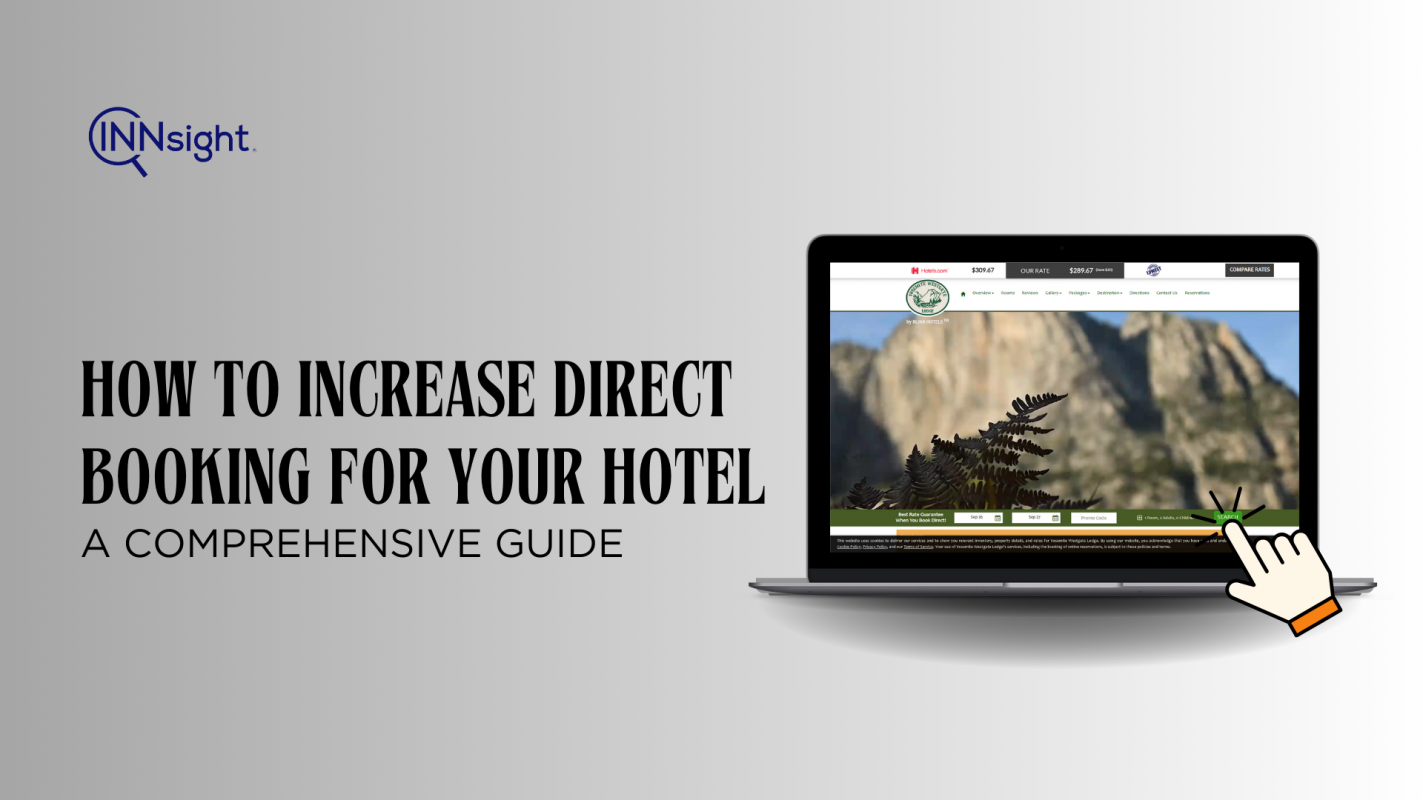Summary
Learn how to increase the occupancy rate in your hotel. It's crucial to understand how to calculate the occupancy rate and how to optimize it.
- You can also use this information to evaluate your current marketing strategies and optimize them accordingly.
d
Definition of Occupancy Rate
Occupancy rate refers to the percentage of occupied rooms in your hotel compared to the total number of available rooms.
Hoteliers must keep track of how many rooms are occupied or vacant because it ensures an understanding of how well your hotel business is doing.
The higher the percentage of occupied rooms, the more revenue you make. Several factors determine the occupancy rate, and a firm grasp on this allows you to manage your operations seamlessly.
Tracking this regularly can help manage your budget and staff schedules and improve your operations.
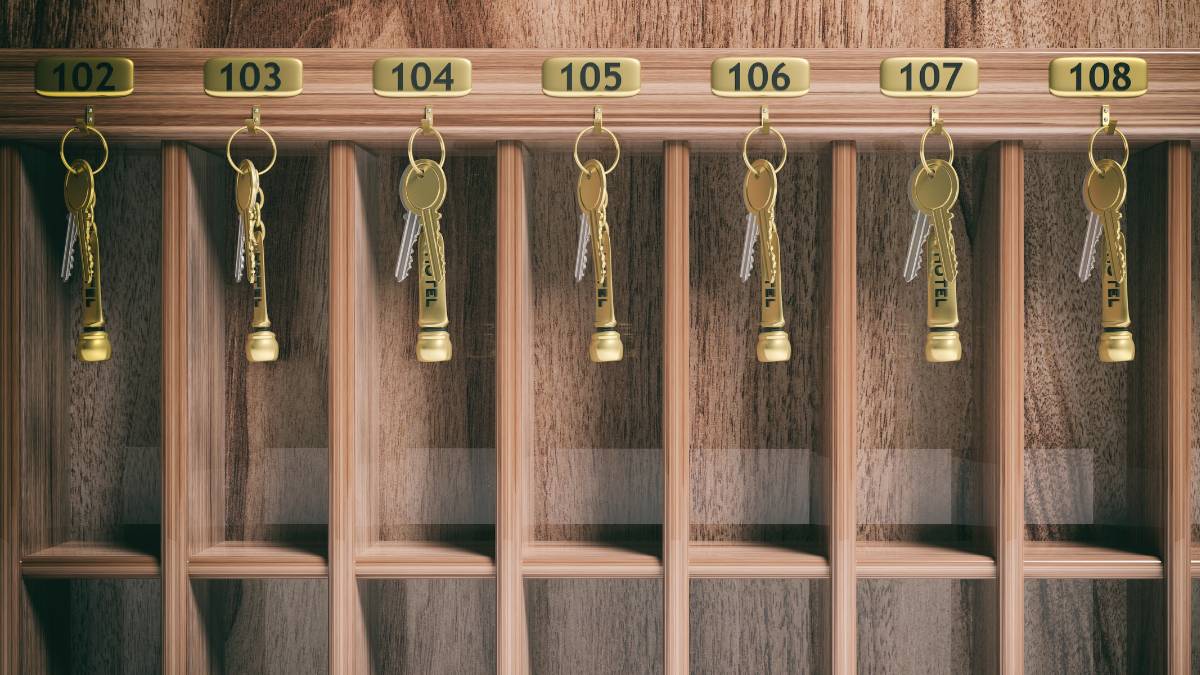
How to Calculate the Occupancy Rate?
Occupancy rates determine the success of a hotel.
Here is the formula to calculate the occupancy rate
Hotel Occupancy Rate Formula
Occupancy Rate (%) = Booked Rooms / Total Rooms x 100
Example: A hotel has 10 rooms, and 6 rooms are booked.
Occupancy Rate = 6 booked rooms / 10 total rooms X 100
The occupancy rate will be 60%.
This easy yet crucial calculation can impact your business strategies moving forward.
Strategies to Increase Hotel Occupancy Rate
1. Evaluate Your Current Marketing Strategies.
Optimizing hotel occupancy rates involves evaluating your current marketing strategies. In the beginning stages, analyze your current occupancy rates to spot any trends or patterns.
The next step is to evaluate the success of your marketing strategies to ensure your efforts are reaching the right audience. To determine the effectiveness, monitoring metrics like website traffic, click-through rates, and booking conversions is crucial.
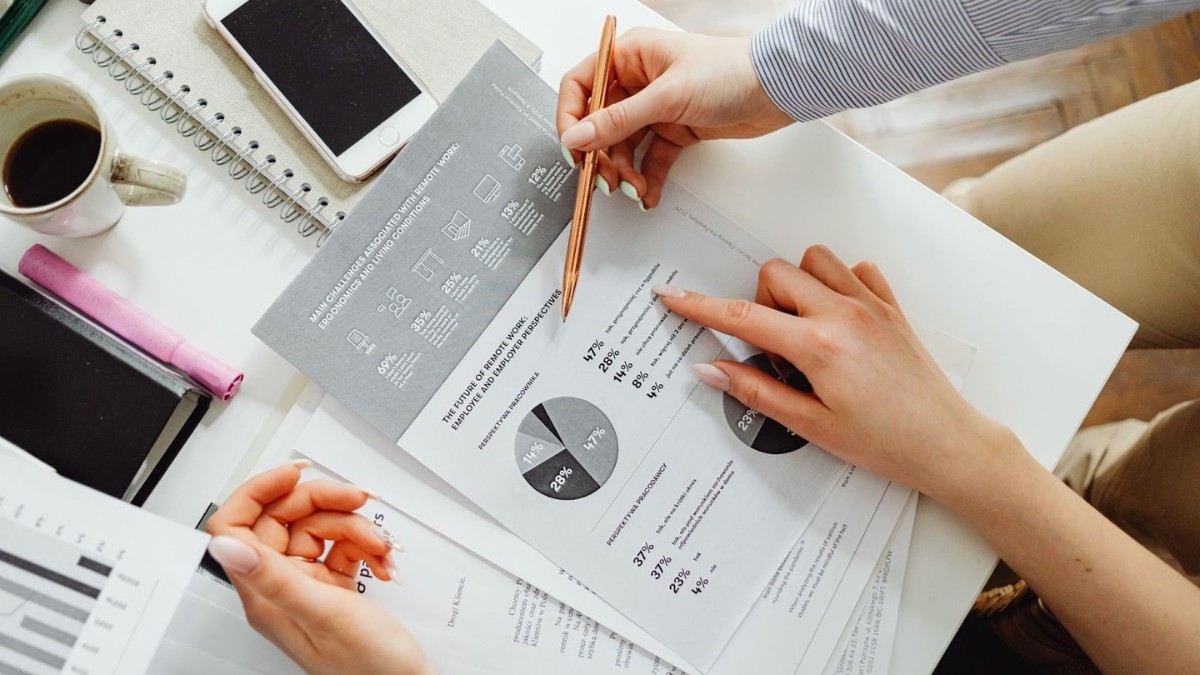
You should also ask guests for feedback so you can learn more about their travel preferences and how they found your hotel.
You can increase hotel income and optimize occupancy rates by routinely assessing and modifying the strategies you use for marketing.
Read: Hotel Digital Marketing Mistakes you should not ignore
2. Optimize Your Hotel's Online Presence.
Focusing on a few key areas is crucial to maximize your hotel's online presence and increase occupancy rates. Firstly, ensure your hotel's website is up-to-date and user-friendly.
This includes precise details about the amenities, services, and accommodations your hotel offers. Make sure your hotel is also featured on widely recognized online travel agencies and that your listings are optimized with accurate descriptions, photos, and pricing.
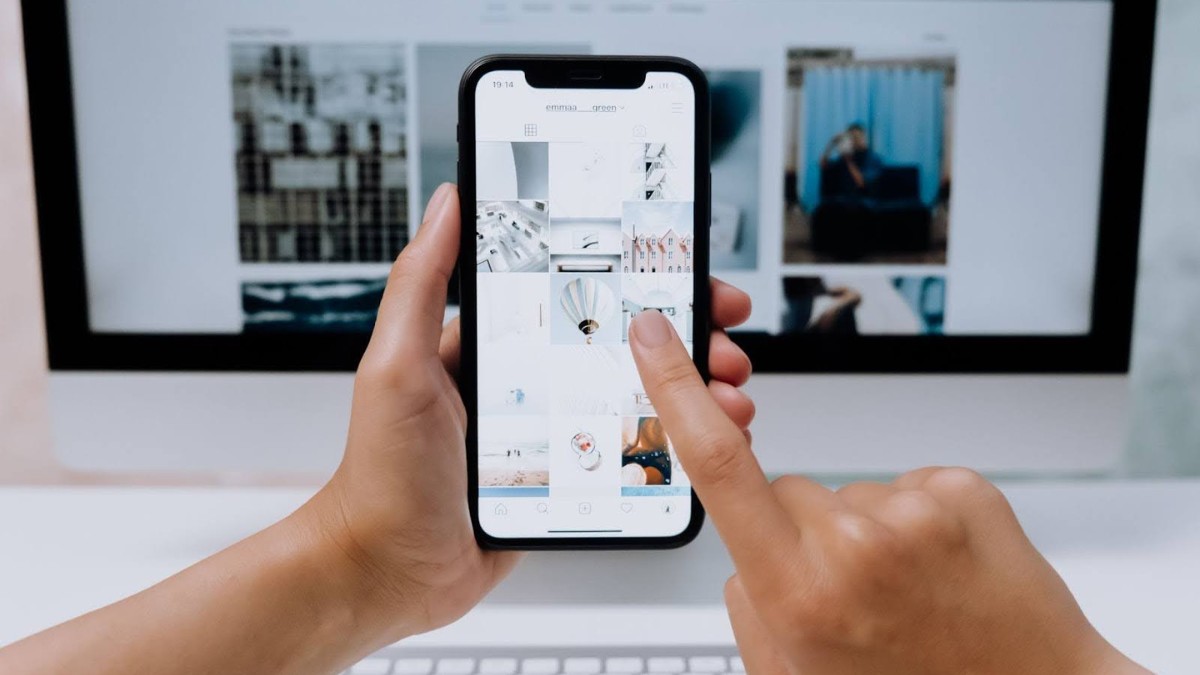
Additionally, it's critical to actively interact with your visitors on social media sites like Facebook, Twitter, and Instagram by sharing frequent hotel updates and answering any comments or questions.
Finally, consider allocating part of your marketing budget to your hotel’s search engine optimization to attract more website visitors.
3. Leverage Social Media to Increase Hotel Occupancy.
It's essential to identify and understand your target audience. Once you have a firm grasp on this, pick the social media platforms where they are most active and use them to your advantage.
After building a solid name for yourself online, post eye-catching images and exciting content highlighting your hotel's distinctive features and services. Use hashtags to gain more exposure and encourage guests to tell their connections about their experiences.

Additionally, you can use social media to your advantage by providing those who follow you with special deals or discounts that will encourage reservations and raise occupancy rates.
Read: Social media strategies for hotels to keep your reservations going
4. Offer Competitive Rates and Packages.
Offering competitive rates and packages can be an effective strategy to increase occupancy rates in your hotel. It is exceptionally crucial to conduct market research and keep an eye on your competitors' pricing to ensure your rates are competitive.
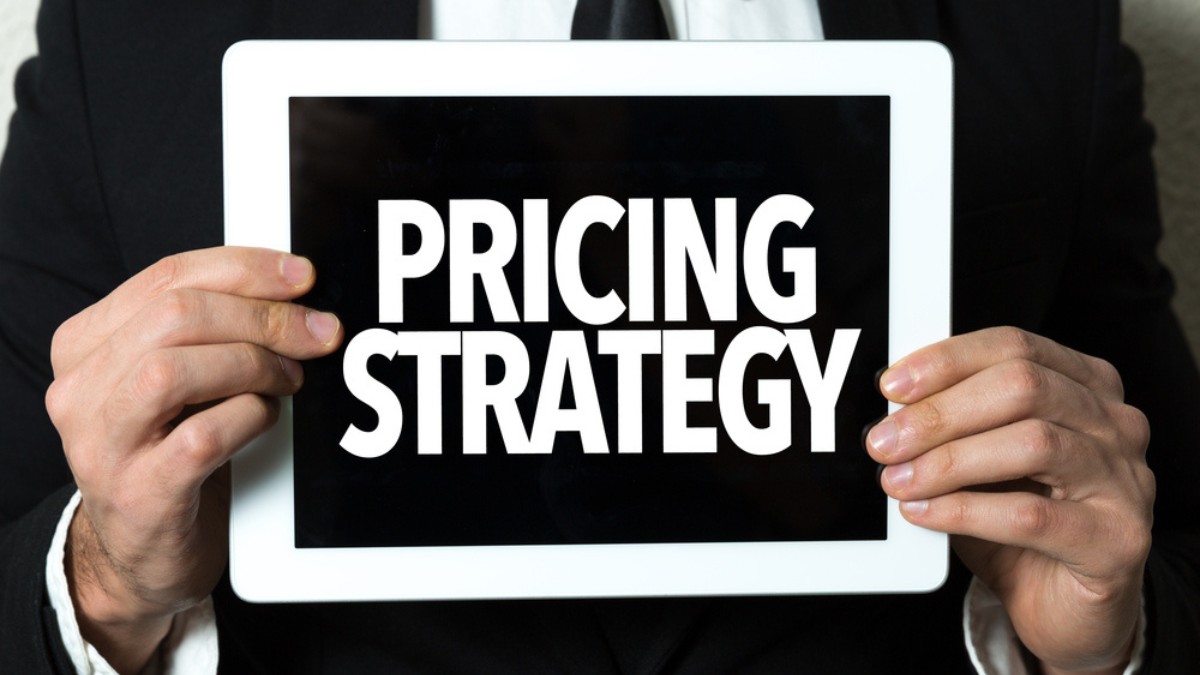
Consider offering discounted rates for early bookings or extended stays and packages that include additional services or amenities such as breakfast or airport travel. It's also important to regularly review your rates and adjust them based on demand and seasonality.
5. Offer Special Deals and Discounts.
Offering special deals and discounts is a clever way to increase hotel occupancy rates. One strategy is to offer early bird discounts for guests who book their stay in advance. Another option is to offer last-minute deals for guests who book within a certain period.
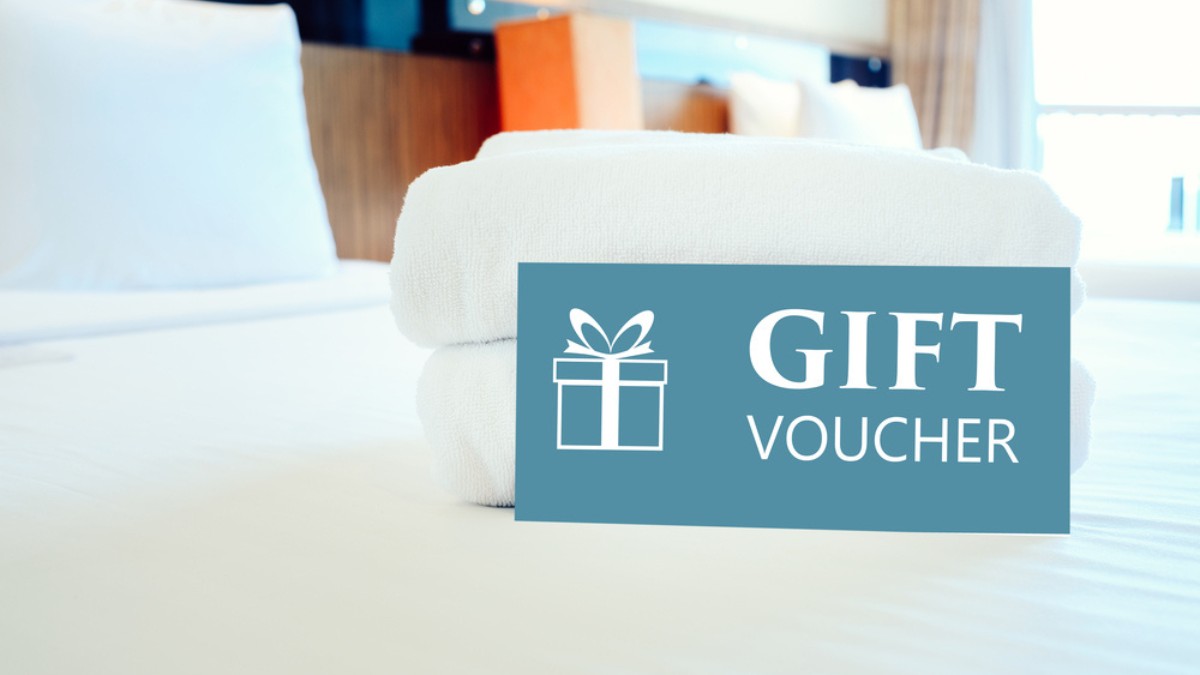
Offering package deals that include perks such as free breakfast or complimentary spa treatments can also attract guests and make them extend their stay. Promoting these deals through channels like your hotel's website, social media, and email marketing campaigns is essential.
By offering attractive deals and discounts, you can incentivize potential guests to book their stay at your hotel and increase occupancy rates.
6. Build Strong Relationships with Travel Agents and OTAs.
You must prioritize communication and collaboration to build strong relationships with travel agents and OTAs. This includes providing regular updates on room availability, prices, and promotions and responding promptly to any queries or requests from travel agents and OTAs.

Additionally, consider offering exclusive deals, discounts, or incentives for bookings made through these channels to encourage loyalty and repeat business.
7. Enhance Your Guest Experience.
To enhance your guest experience and improve hotel occupancy rates, focus on providing exceptional service from check-in to check-out.
This includes personalized communication, anticipating their needs, and providing quick and efficient solutions to problems. Offering unique amenities like complimentary breakfast or happy hour can also improve the guest experience.

Make sure to solicit and respond to guest feedback and use that feedback to enhance your hotel's offerings continuously. Lastly, create a welcoming and comfortable environment with appealing decor, comfortable furnishings, and thoughtful touches throughout the property to make guests feel at home.
Read: How to choose the ideal digital marketing company for your hotel?
FAQs Related to Hotel Occupancy Rate
What is the hotel occupancy rate?
The number of available hotel rooms that guests occupy at any given time is the occupancy rate of that hotel. It is a widely used metric in the hospitality industry to assess how well a hotel performs and its capacity to make revenue from the number of rooms it has available.
How is the hotel occupancy rate calculated?
The hotel occupancy rate is calculated by dividing the number of rooms occupied by the total number of rooms available and then multiplying the result by 100.
Why is the hotel occupancy rate significant?
The percentage of rooms occupied over a given period, or the hotel occupancy rate is an essential marker of how well a hotel performs. A high occupancy rate can boost revenue and profitability because it shows a high demand for the hotel's services and cements its quality.
What is a good hotel occupancy rate?
The definition of a “good” hotel occupancy rate varies depending on factors such as location, service quality, hotel type, and seasonality. Generally, a hotel occupancy rate of 70% or above is considered good, while rates below 50% may indicate a problem with demand or pricing strategy.
What factors affect hotel occupancy rates?
Hotel occupancy rates can be impacted by seasonal demand, local events or attractions, economic conditions, competition from other hotels, and guest travel habits shifts.
How can hotels increase their occupancy rates?
Hotels can increase their occupancy rates by optimizing their online presence, offering competitive rates and deals, providing exceptional guest experiences, using effective marketing strategies, and engaging with potential guests through various online platforms. It is also essential to consistently monitor and adjust pricing and offerings based on demand and feedback.
What is the difference between the occupancy and average daily rates (ADR)?
The occupancy rate measures the percentage of occupied rooms, while the average daily rate (ADR) measures the average price per room sold over the same period. ADR is calculated by dividing the total room revenue by the number of rooms sold.
How do seasonality and events impact hotel occupancy rates?
Hotel occupancy numbers can be significantly impacted by seasonality and events. Demand for hotel rooms may be higher during peak times, such as the summer or holidays, which will likely result in higher occupancy rates. Similarly, occasions like performances, conferences, or festivals can increase demand for hotel rooms.
What is the impact of COVID-19 on hotel occupancy rates?
COVID-19 has left a severe dent in hotel occupancy rates, as travel restrictions and safety concerns have led to decreased demand for hotel rooms. Many hotels have had to close shop, and those that remain open have experienced much lower occupancy rates than pre-pandemic levels.
How do hotel occupancy rates vary by region or destination?
Hotel occupancy rates can differ considerably by area or destination depending on variables like tourism trends, local happenings, and economic conditions. While smaller or more remote areas may experience more seasonal fluctuations in demand, popular tourist sites, and major cities may have higher occupancy rates year-round.
Author
Raj Patel
CEO & Founder
Raj Patel, the driving force at INNsight, is changing the game for hotels with his real-world expertise in software and digital marketing. Drawing on his Silicon Valley experience at eBay, Raj keeps things practical. Think of practical tools that work, making hotels shine online and turning digital success for every hotel. Jump on board the INNsight journey, where Raj's hands-on approach brings a touch of reality to revolutionizing the hospitality scene.
Follow him on LinkedIn - www.linkedin.com/in/rajbpatel












 Related Blogs
Related Blogs
.png)
